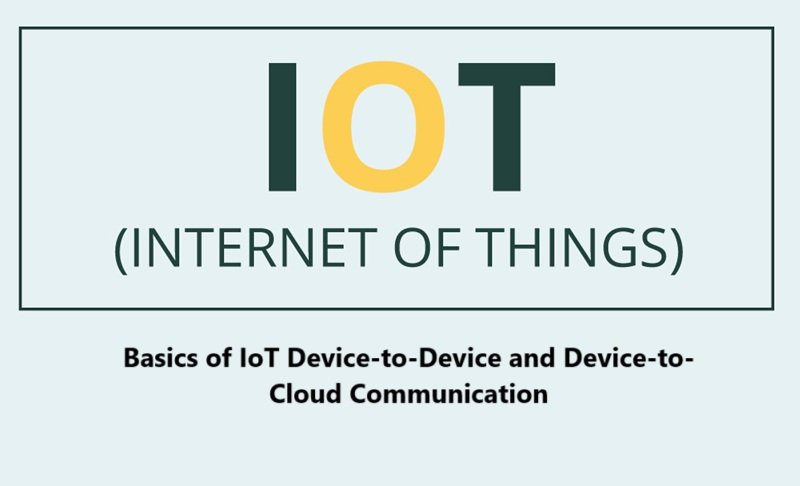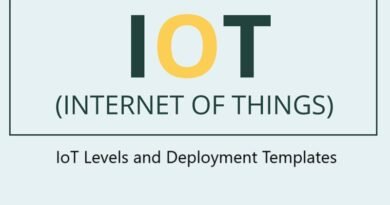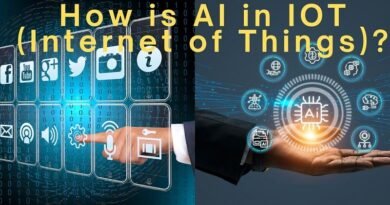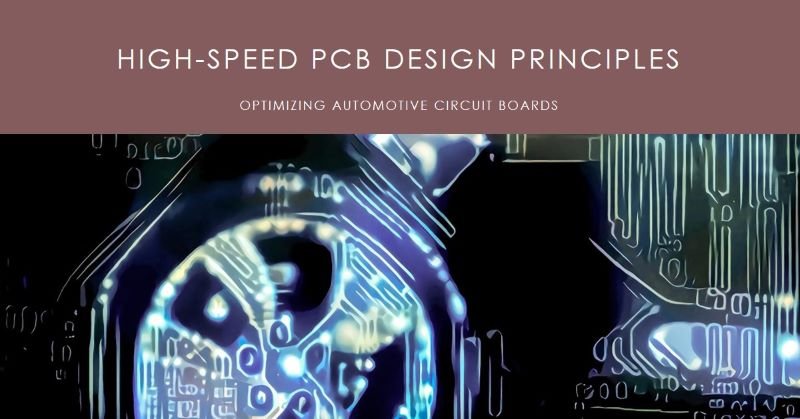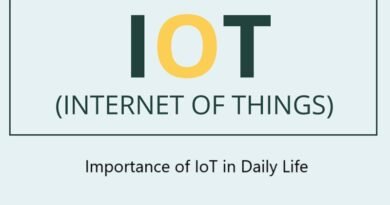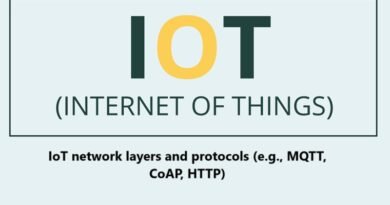Basics of IoT Device-to-Device and Device-to-Cloud Communication
The Internet of Things (IoT) is a network of interconnected devices that communicate and exchange data to make everyday life easier and more efficient. These devices range from smart home products, like thermostats and lights, to industrial machines that monitor production lines. Understanding how IoT devices communicate is crucial to making this technology work seamlessly. The two primary types of communication in IoT are device-to-device (D2D) and device-to-cloud (D2C). In this article, we will explore these communication methods in simple terms.
What is IoT Communication?
IoT communication refers to the way IoT devices send and receive information. These devices can range from simple sensors to complex machines, and they need a way to share data to work effectively. IoT communication can be broadly classified into two categories: device-to-device (D2D) and device-to-cloud (D2C). Each type has its own methods, benefits, and applications.
What is Device-to-Device (D2D) Communication?
Device-to-device communication happens when IoT devices communicate directly with each other without needing a central server or the cloud. These devices can exchange data or send commands to each other over a network. D2D communication is often used in environments where devices need to act independently or work together without relying on an internet connection.
Examples of Device-to-Device (D2D) Communication
- Smart Homes: Imagine you have a smart thermostat, light bulbs, and a security camera. In a D2D setup, the thermostat might communicate with the light bulbs to adjust the lighting based on the room’s temperature, without needing to send data to the cloud.
- Wearables: Some wearable devices, like fitness trackers, can communicate with each other. For example, a fitness tracker could sync with another device to share data about your health without needing an internet connection.
- Industrial IoT: In factories, machines can communicate with each other to improve efficiency. For instance, a machine might tell another machine to stop working because there is a fault, or a sensor might alert another device when a part is running low.
Advantages of D2D Communication
- Reduced Latency: Since devices communicate directly, the response time is faster.
- Less Reliance on Cloud: D2D communication can function even without an internet connection, making it useful in remote locations.
- Improved Efficiency: Devices can work together in real-time, improving system efficiency, especially in industrial applications.
Challenges of D2D Communication
- Limited Range: Devices need to be within a certain range to communicate effectively, which can be a limitation.
- Security Concerns: Since devices communicate directly with each other, securing the data exchange can be challenging.
What is Device-to-Cloud (D2C) Communication?
Device-to-cloud communication involves IoT devices sending data to the cloud via the internet. This method is common in many modern IoT applications, as it allows devices to send and receive information from anywhere in the world. Once the data is in the cloud, it can be processed, stored, and analyzed to provide valuable insights or control other devices.
Examples of Device-to-Cloud Communication
- Smart Home Devices: A smart thermostat might send data about your home’s temperature to the cloud. The cloud can then analyze this data to adjust settings, improve energy efficiency, or allow remote control of the thermostat through a smartphone app.
- Health Monitoring: Wearable health devices like heart rate monitors or glucose trackers send data to the cloud. Doctors and patients can access the data remotely to monitor health and make informed decisions.
- Industrial IoT: In an industrial setting, sensors placed on machinery can send performance data to the cloud. This allows companies to monitor equipment status, predict maintenance needs, and reduce downtime.
Advantages of D2C Communication
- Centralized Data Management: The cloud provides a central location for storing and analyzing large amounts of data from various devices.
- Remote Access: Users can access IoT devices and data from anywhere with an internet connection, allowing for greater flexibility and control.
- Advanced Analytics: The cloud can run complex algorithms on the collected data, providing valuable insights like trends, patterns, and predictions.
Challenges of D2C Communication
- Dependence on Internet: D2C communication requires a stable internet connection. Without the internet, devices cannot send or receive data from the cloud.
- Latency: The data transfer from devices to the cloud and back may introduce delays, especially if the internet connection is slow or unreliable.
- Security Risks: Since the data is sent over the internet, there are security risks like hacking or data breaches. Protecting sensitive data is critical.
How IoT Devices Communicate: Protocols and Networks
For both D2D and D2C communication, IoT devices rely on different protocols and communication technologies to send and receive data. Some of the most common ones include:
- Wi-Fi: Often used for D2C communication, Wi-Fi enables devices to connect to the internet and send data to the cloud. It’s common in home automation devices like smart thermostats, lights, and cameras.
- Bluetooth: Bluetooth is widely used for D2D communication, especially in wearable devices. It allows devices to connect to each other over short distances without the need for an internet connection.
- Zigbee and Z-Wave: These are low-power wireless protocols used for D2D communication in smart homes. They allow devices to communicate with each other efficiently, forming a mesh network.
- LoRaWAN: This is used in low-power, wide-area networks (LPWANs), suitable for long-range D2D communication. It’s common in agriculture and industrial applications where devices need to communicate over large distances without draining battery life.
- 5G: With its high-speed data transfer capabilities, 5G is expected to be a major enabler for both D2D and D2C communication in the future. It will support faster and more reliable connections, making IoT devices smarter and more efficient.
The Future of IoT Communication
As IoT devices become more advanced, the communication between them will continue to evolve. In the future, we can expect:
- Better Connectivity: Newer technologies like 5G and advanced Wi-Fi standards will enable faster and more reliable communication between devices.
- Edge Computing: Instead of sending all data to the cloud, devices might process data locally, at the edge of the network, reducing latency and dependency on the cloud.
- Increased Security: As IoT devices become more common, ensuring secure communication will become a priority. Enhanced encryption and secure protocols will protect data from cyber threats.
- Interoperability: As more IoT devices from different manufacturers enter the market, ensuring they can work together seamlessly will be key to the success of the IoT ecosystem.
Conclusion
IoT communication, whether device-to-device or device-to-cloud, plays a vital role in enabling IoT devices to work efficiently and intelligently. D2D communication allows devices to interact directly, providing low-latency and more autonomous operation, while D2C communication ensures devices can leverage the power of the cloud for data storage, analysis, and remote access. As IoT technology continues to grow, we can expect these communication methods to evolve, bringing even smarter, more connected devices into our lives.
By understanding the basics of D2D and D2C communication, we can better appreciate how IoT is transforming industries, improving everyday life, and creating new possibilities for innovation.
